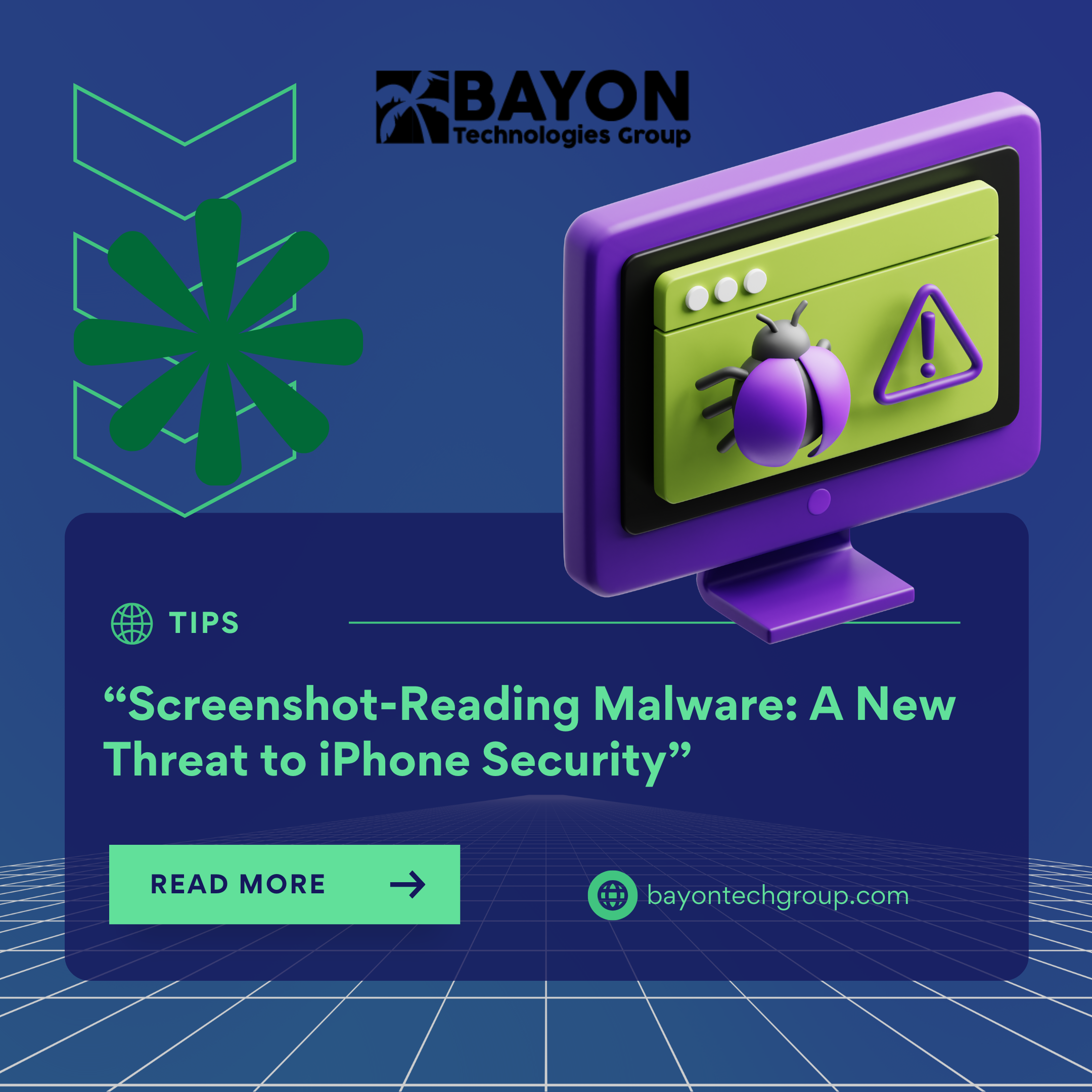Screenshot-Reading Malware: A New Threat to iPhone Security

Strong security has long been a feature of Apple's iOS environment. A recent discovery, however, shows that even Apple's App Store is vulnerable to sophisticated spyware, proving that no system is completely safe from attacks. For the first time, malware that uses optical character recognition (OCR) capabilities has entered Apple's official app store, according to Kaspersky research, posing serious hazards to users' private data.
The SparkCat Malware Campaign
The malware operation, codenamed “SparkCat,” has targeted apps distributed through both Apple’s App Store and Google’s Play Store, as well as third-party sources. This campaign led to over 250,000 downloads of infected apps, underscoring the scale of the threat. Among the targeted apps was ComeCome, a seemingly legitimate Chinese food delivery app that concealed OCR-based spyware.
Unlike traditional malware that steals files or intercepts network traffic, this new malware analyzes screenshots stored locally on devices. By leveraging Google’s ML Kit—a machine learning toolkit that processes data offline—the malware scans photos to extract sensitive information, such as crypto wallet recovery phrases, passwords, and private messages captured in screenshots.
How It Works
By using OCR technology, the SparkCat malware can "read" text from photos. Google's ML Kit, a package that app developers frequently utilize for valid reasons like text recognition or translation, incorporates this functionality. This library was used as a weapon in the SparkCat case to retrieve private data from screenshots kept in a device's gallery.
While crypto wallet recovery phrases were a primary target, the malware’s flexibility means it can extract other critical data, such as login credentials or sensitive messages. The malware’s cross-platform functionality and ability to obfuscate its presence made it even more dangerous and difficult to detect.
The Role of Supply Chain Attacks
A particularly troubling aspect of the SparkCat operation is its stealthy deployment. Kaspersky’s analysis notes that it remains unclear whether the app developers themselves were complicit or if the malware was introduced through a supply chain attack. Supply chain attacks involve compromising third-party software or libraries during the development process, allowing bad actors to distribute malware unknowingly through seemingly legitimate applications.
The Broader Implications
The discovery of SparkCat underscores a growing concern about the evolving nature of malware and its ability to bypass established security measures. While the immediate focus of the malware appears to be crypto-related theft, its potential for misuse extends far beyond. Personal data, corporate information, and financial credentials stored in screenshots are all vulnerable to such attacks.
Apple’s App Store has historically been considered a safer environment compared to alternative app repositories. However, this incident highlights the importance of vigilance, even when downloading apps from official platforms.
Protecting Yourself
To mitigate risks, users should adopt best practices such as:
- Carefully vetting apps before downloading, even from official marketplaces.
- Restricting app permissions, particularly access to photos and media.
- Regularly updating devices and apps to address potential vulnerabilities.
- Using reputable security software for added layers of protection.
As attackers refine their tactics, both developers and users must remain proactive. This breakthrough in malware technology serves as a stark reminder that digital security is an ever-evolving challenge.
‹ Back







